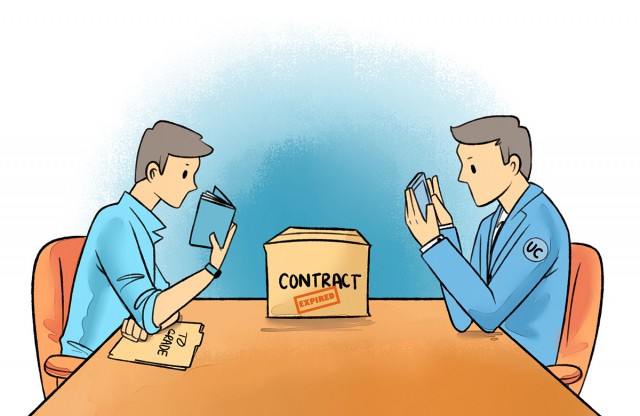The old expression, “Between a rock and a hard place” comes to mind when discussing the alternatives to getting any kind of baseball season started. The owners initially talked about a half-season to begin in July with a two-week mid-June Spring Training II to help prepare the players for the games. That part was fine. Offering players as little as 20% of their contracted salaries was absolutely not.
The players union countered with their own variation of the resumption of play. They wanted approximately 114 games, extended the playoffs into later October and a corresponding salary equal to the proportion of what they would have been paid per game had there been no interruption. There is a logic to that, but the owners were concerned with the regulations concerning gate admissions and the lost revenue that would result from fewer people paying for parking, refreshments, beer and souvenirs.
As most negotiations take place, you find people taking stances diametrically opposed to one another and hoping to meet somewhere in the middle. The owners countered the 114 game proposal by offering up less than half that number of games and a corresponding slight increase in pay per game rate over what had been offered in the past. All of the sudden it appears that the 81 game half-season is that midway point after all. The issue was and always is not gate receipts and the corresponding revenue that results from ancillary spending, but the player salaries. There has been precious little movement in that regard.
As it stands right now, it would appear that there is not much chance of a 2020 season happening at all. The players are rightfully concerned about not only their paychecks, but their own health as well as the risk to their families. The owners are understandably worried about how they will pay their bills with little money coming their way with reduced gates and a compressed schedule. Therein lies the rock and the hard place.
Obviously there have been other seasons in which games were missed. However, employment strikes, lockouts and other labor-related controversies are quite different than what is on the table right now. Even the less-than-two-week break in September of 2001 was met with empathy and not much cry for everyone simply to play ball.
There is a huge difference this time around. The states that have relaxed their stances on social distancing are finding a corresponding increase in the number of people infected. That kind of makes sense as you give folks the green light to congregate together that more will pass the virus onto their nearby people of a similar interest. There’s a reason we have not yet seen giant rock concerts or boxing matches or other major organized sports. It can be dangerous for people to be that close to one another.
Here in the state of Texas the governor announced last week that he would open up sports arenas and stadiums to 25,000 people. In the three days after he made that proclamation the COVID-19 rates reached their highest levels ever for the Lone Star state. Of course, recognizing the possible flaw in that plan, the governor then amended his original announcement to say now that capacities of 50,000 made more sense.
No baseball team owner wants to be in the position of both having set the stage for the virus to get passed from one fan or employee to another. Nor do the owners want to take the financial responsibility that will result from legal action when that happens. Still, it’s the direction the country seems to be going. The boredom with the lockdown is having many people push common sense out of their heads for a return to normalcy. That’s understandable, too, as there are just so many things you can do staring at the same four walls inside your home every day.
As I see it, the resumption of games would help restore citizens’ sense of real life returning once again, but the risks involved are quite real. Would the owners look past them to generate more revenue? After all, retail stores, restaurants and other types of businesses are not holding back now that rules have been relaxed. Why should sports?
Play ball...eventually.





3 comments:
Play a season, fellas.
And there should be fan consistency in all levels. I see no reason they can't do 20% capacity at most parks, with fans wearing masks. Heck, riots and protests are more crowded than most major league games normally are.
But plan to start with no more than 10% to be safe. I see no reason they can't work out at least 4000 in Citifield, for instance. That is a change for me, and of course, we have to see if the rioters and looters took home not just flat screens, but also new COVID infections. But NYS had just 35 deaths Friday, down from 800 a day 2 months earlier. and Dr Marc Siegel mentioned that many of his physician friends involved with COVID treatment feel that it is weakening in severity.
I am sticking to my plan.
Come back next spring.
Mack, the problem is NBA and NFL are coming back - baseball will look bad in comparison if they can't work something out.
Post a Comment